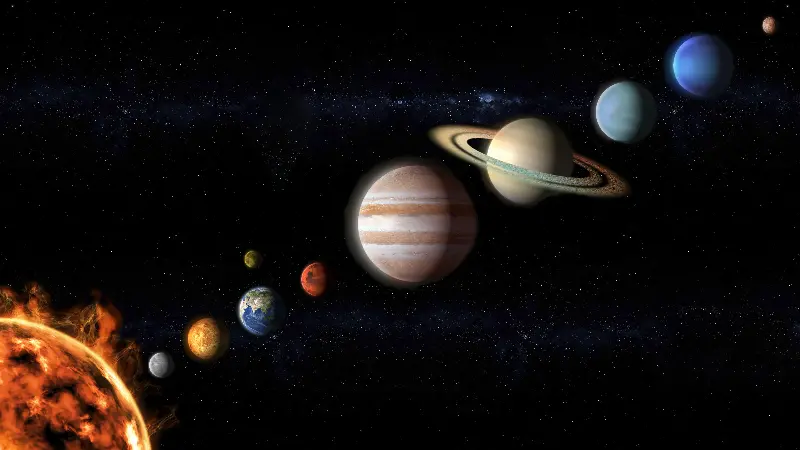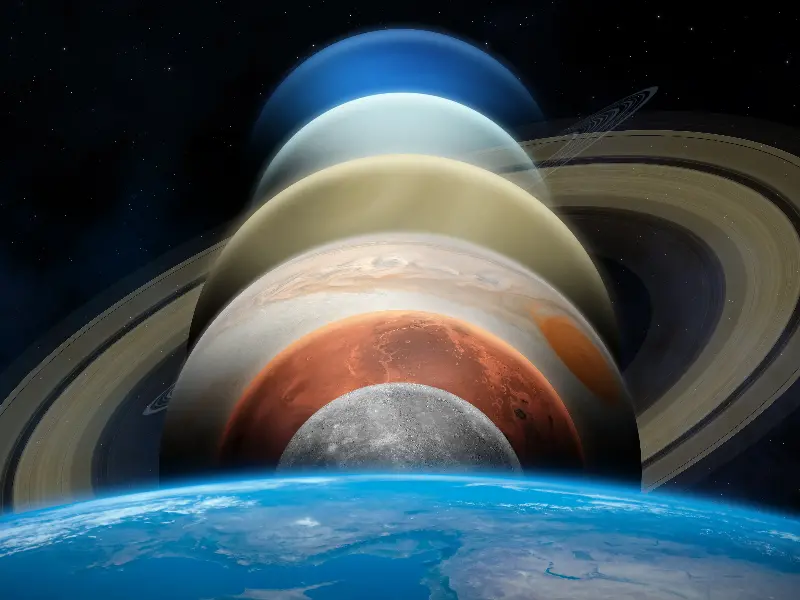
The phrase “planetary alignment” often calls to mind stunning images of planets forming a perfect line in the night sky—a celestial event that seems both magical and mysterious. But does this truly happen, or is it a beautiful myth? Let’s dive into the captivating science behind these cosmic gatherings and uncover what planetary lineups really mean across our solar system.
The Gravity of Alignments: What Does It Really Mean?
When people talk about planetary alignment, they often imagine the planets of our solar system lining up flawlessly in a single file, like cosmic pearls on a string. In reality, such a perfect straight-line formation is impossibly rare—virtually never occurring over human lifespans. Instead, astronomers define alignment as the planets appearing in a similar region of the sky when viewed from Earth, often within a specific sector.
Here’s why true alignment is so challenging:
- Each planet orbits the Sun at a different speed and distance.
- The orbital planes of the planets are slightly tilted and do not lie perfectly flat.
- Planetary orbits are not perfect circles but ellipses, causing further variance.
What we commonly witness are “planetary conjunctions” or groupings, where several planets cluster closely together from our vantage point—a spectacular sight nonetheless!

Breathtaking Lineups: When the Planets Put on a Show
Though not truly aligned in space, there are occasions when several planets gather in the same portion of the sky, creating a striking visual event called a “planetary parade.” During such parades, you might spot three, four, or even five planets shining together just before dawn or after sunset—each one a glowing point of wonder above the horizon.
Fascinating planetary parades include:
- The rare “Grand Alignment” of May 2000, when Mercury, Venus, Mars, Jupiter, and Saturn occupied the same 26-degree span of the sky.
- The widely observed conjunctions of Jupiter and Saturn in December 2020, dubbed the “Great Conjunction.”
- The upcoming parades predicted in 2040, which enthusiasts worldwide eagerly await.
These events are not just breathtaking to gaze at; they also offer unique observing opportunities for astronomers and stargazers alike.
Fact versus Folklore: Do Alignments Influence Earth?
For centuries, planetary alignments have sparked imagination and speculation—from ancient prophecies to warnings about natural disasters. But what does science actually say?
Modern astronomy shows that even during notable alignments, the gravitational effect on Earth is negligible—far less than the influence of the Moon or the Sun alone. The physics simply don’t support myths of world-shaking events triggered by planetary gatherings. Instead, these lineups are a reminder of the regular, predictable, and awe-inspiring mechanics of our solar system.
However, the profound emotional impact remains. Throughout history, cultures have marked planetary alignments with wonder, rituals, and stories, reinforcing our deep connection with the cosmos.
